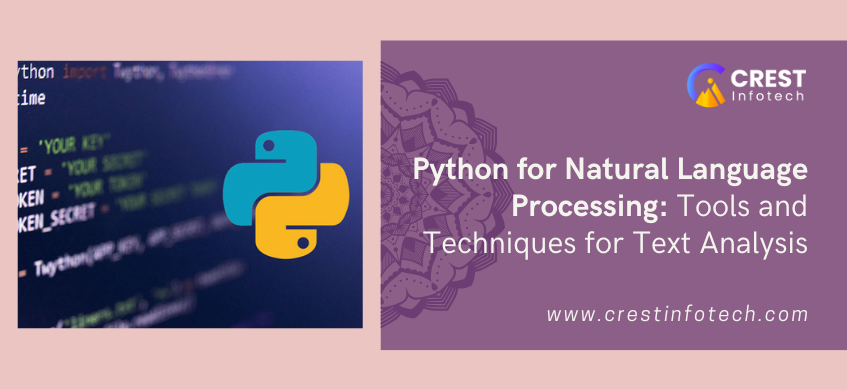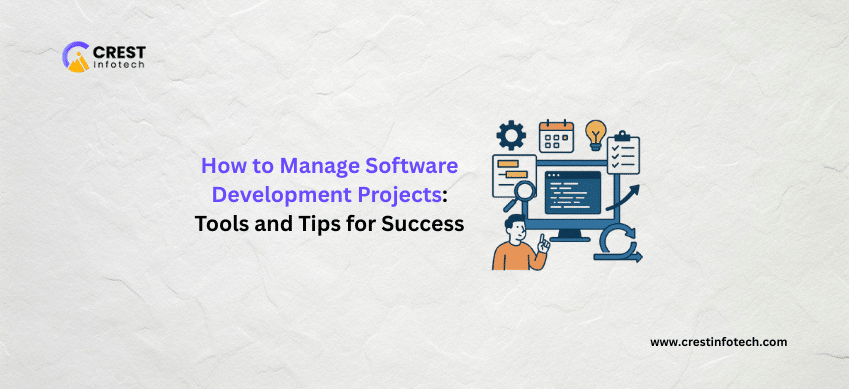1. Use Built-in Functions and Libraries
Python’s built-in functions and libraries are optimized for performance. Whenever possible, use these built-in functions instead of writing custom code. For example, when working with lists or other data structures, use Python’s built-in methods like map(), filter(), and reduce() rather than manually looping through data. These functions are usually written in C and can perform operations much faster than Python loops.
Example:
2. Avoid Using Global Variables
Global variables can slow down the execution of your program, especially in loops or functions that are called frequently. This is because Python has to search for global variables every time it encounters one. Instead, prefer passing variables as arguments to functions or using local variables.
Example:
Instead, pass the value of x as an argument:
3. Use join() for String Concatenation
When concatenating strings in Python, using the + operator can be inefficient, especially when building large strings in loops. This is because strings in Python are immutable, so each concatenation creates a new string object, resulting in high memory usage and slower performance. Instead, use the str.join() method, which is much more efficient.
Example:
4. Avoid Using Excessive Loops
Unnecessary nested loops or repetitive looping over the same data can severely impact performance. If possible, try to optimize the logic to reduce the number of iterations. In many cases, using algorithms like dynamic programming or memoization can reduce redundant calculations and optimize loops.
Example:
5. Profile and Benchmark Your Code
One of the first steps in optimizing Python code is identifying bottlenecks. Python’s built-in cProfile module allows you to profile your code and analyze where it spends the most time. By running benchmarks, you can focus your optimization efforts on the areas that have the greatest impact on performance.
Example:
6. Leverage NumPy for Numerical Computations
If your program involves heavy numerical computations or working with large datasets, consider using libraries like NumPy, which provide highly optimized operations for arrays and matrices. NumPy operations are written in C and are orders of magnitude faster than Python’s built-in lists.
Example:
By using these optimization tips and best practices, you can write more efficient Python code that performs better, scales more effectively, and consumes fewer resources.



